The origins of Kyo-Suzume’s founding
Thoughts on September 13th, the anniversary of Kyo-Suzume’s founding
~Thank you to everyone~
= Kyoto, a city where just being there enriches your soul and turns it into energy. Yoshie Doi
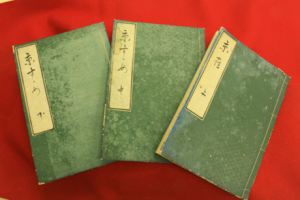 Kyosuzume, a guidebook from the Edo period (a new type of guidebook that provided information on daily life in the city rather than famous places and historic sites) (published in 1665) |
 2002 Kyoto Water Story 1st Lecture The heart of tofu made with groundwater using traditional methods ~Real tofu is made by hand with water~ |
 Kyoto Soil Story The taste of mixing gravel with concrete using the Akebono Urushi method |
 2004 Kyoto Soil Story Experience farming equipment and fields from the Edo period Kyoto vegetable farmers since the Hideyoshi era |
 In charge of planning the Kyoto tour for the Tokyo Metropolitan Labor and Tourism Bureau April 2007 |
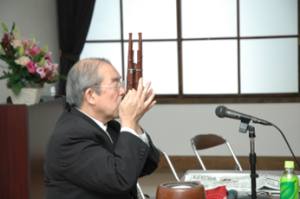 京Lecture at Kyoto Gyoen National Garden: Kyoto Living Stories: What is the source of Kyoto’s vitality? 京Lecture at Kyoto Gyoen National Garden: Kyoto Living Stories: What is the source of Kyoto’s vitality?2007 |
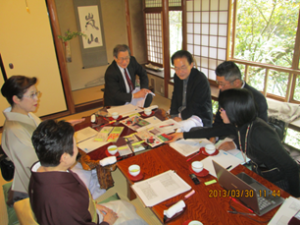 2nd Kyoto Love Letter Examination Committee March 30, 2013 2nd Kyoto Love Letter Examination Committee March 30, 2013
|
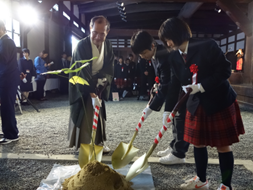 |
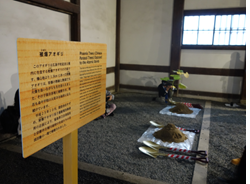 |
Nijo Castle atomic bombing memorial tree planting Aizu High School, interaction with Horikawa High School October 25, 2013 Nijo Castle
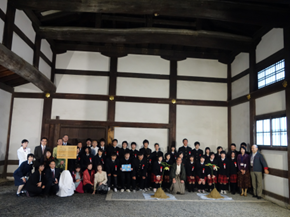 |
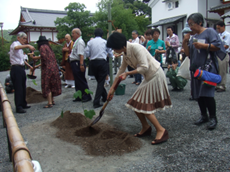 Tree planting at Kinkakuji Temple |
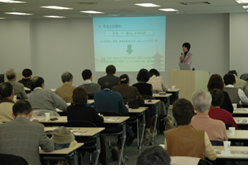 Lecture at Kyoto Bank head office “My Kyoto Story: Kyoto’s culture that really needs to be conveyed” March 25, 2008 |
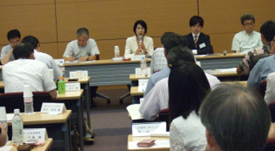 Communicated in Kyoto at Kyodo News Headquarters Symposium. Role of the country/Role of local governments July 10, 2013 |
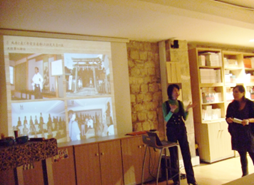 France, Paris Kyoto Kyo-Suzume School April 2018 |
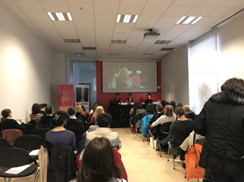 Kyo-Suzume School in Madrid, Spain October 4, 2014 |
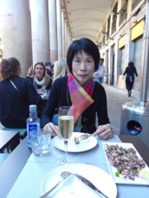 Market restaurant in Barcelona |
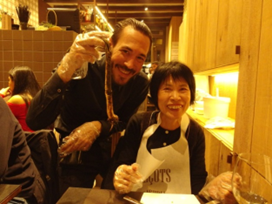 Charcoal-grilled green onions, a traditional dish from Catalonia Charcoal-grilled green onions, a traditional dish from Catalonia |
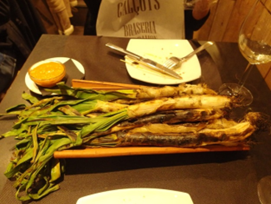
Charcoal-grilled green onions for 30 minutes
Yoshie Doi
Today I will write down what I came up with. It seems like just yesterday that the Kyo-Suzume Culture and Tourism Research Institute was approved as a corporation on September 13, 2017. In 2001, Yuyusha Kyo-Suzume was established as a non-profit organization, and in 2017, it became the Kyo-Suzume Culture and Tourism Research Institute.
Kyoto Suzume’s activities, where we rediscover cultural heritage in our daily lives and learn from wisdom, rather than famous historical sites, were fun. His commitment to authenticity can be felt everywhere in his activities to unearth traditions and the spirit of the townspeople that are not even found in literature, and to pass on the spirit of Kyoto.
From the Okudo-san experience course that was born from the curriculum of Kyoto Fire Light Story, the Okudo-san Study Group was born and developed into the Okudo-san Summit. We formed Miraishu last year. We have now created a mechanism for communication from those involved, which has been our long-cherished desire since our founding.
“Love Letters to Kyoto”, which was born from the curriculum of “Kyoto Love Letters”, has an opening lecture on “Kyoto that Yasunari Kawabata Loved”, inviting Professor Kaori Kawabata of the Yasunari Kawabata Memorial Museum in Kamakura City, Kanagawa Prefecture, and was moved by the lecture. I received a great story. With Professor Kaori Kawabata as the chairperson of the judging committee, the call for love letters to Kyoto has begun, and we are currently in our fifth call for love letters. Since the third round of public recruitment, we have asked Professor Shoichi Inoue, director of the International Research Center for Japanese Studies, to chair the judging committee and to promote the appeal of Kyoto.
22 years have passed in the blink of an eye, and each event and difficult time comes to mind. It’s been 23 years since you started your activities. With the support and guidance of many people, I feel like I can finally become a full-fledged person. We would like to express our sincere gratitude to everyone who was involved. Thank you very much. Thank you for your continued support.
22 years ago, when we opened Kyoto Sparrow School, our first curriculum was “Kyoto Water Story”. The first course started with Mr. Kishiro Kubota, the owner of a tofu shop that uses famous water, as the instructor. “It’s impossible to ask a tofu shop to give a lecture,” he said, refusing for three months, but I kept going until they gave me the OK. I asked him, “Can you tell me about tofu?” and I managed to get him to agree, and on the day I was able to listen to his moving story. Since then, Kyo-Suzume School has changed to Kyo-Suzume University, but due to the coronavirus pandemic, most classes could not be held.
In 2006, I was a member of the 26th National Cultural Festival Preparation Committee and a member of the basic concept drafting committee until 2011.
At JICA, I am in charge of training in Kyoto, and as part of support for areas affected by the Great East Japan Earthquake, I invite couples who were unable to get married and plan honeymoons.On October 21, 2015, King Wangchuk of the Kingdom of Bhutan gave me There was also an event in which we received a commemorative Japanese cypress tree to support the disaster-stricken areas, and it brings tears to my eyes as I recall it. I can’t write it all.
In 2014, we paid a courtesy visit to Sawako Takeuchi, the director of the Japan Cultural Institute in Paris, and after exchanging opinions about Kyoto, we came to the conclusion that we wanted to communicate something more appealing.
I also remember that we held the Kyo-Suzume School in the conference room of Play bac Presse in the 3rd arrondissement of Paris, and about 30 local French and Japanese people participated and interacted with each other.
April 2018 marks the 150th anniversary of the establishment of diplomatic relations between Spain and Japan.To commemorate the 150th anniversary of the establishment of diplomatic relations between Japan and Spain, an event will be held jointly sponsored by JNTO and JETRO, with the cooperation of CASA ASIA and the Japan Foundation, to celebrate Japanese traditions and culture. we held a series of Japanese seminars in Madrid that touched on everyday life, and we held the “Kyoto Sparrow School in Spain”. We held four courses on the second floor of CASA ASIA near the National Assembly building in Madrid, with the theme of [Learning about the deep charm and lifestyle culture of Kyoto that are not found in guidebooks.
The food in Barcelona was very delicious and suited the Japanese palate. In particular, the charcoal-grilled green onion was grilled over charcoal for 30 minutes and served with romesco sauce, and it was so delicious that I finished it all.
Food culture is also the essence of a region’s culture. In addition, Kyoto residents are sensitive to changes in nature as they live in the scenery that they see every day and feel the changing colors of Kyoto’s mountains 365 days a year. As it is said, the greenery of the mountains and the purity of the water have vibrations that soothe the soul and are soothing to the body.
We would like to continue working with Kyo-Suzume to protect this nature and how to pass it on, so that Kyoto can continue to be a comfortable space.
We will continue to communicate the culture of life in Kyoto from a life-sized perspective. We have also worked hard to publish “Kyo Suzume,” a 21st century version of the Edo period guidebook “Kyo Suzume.” Best regard.
The end of document
